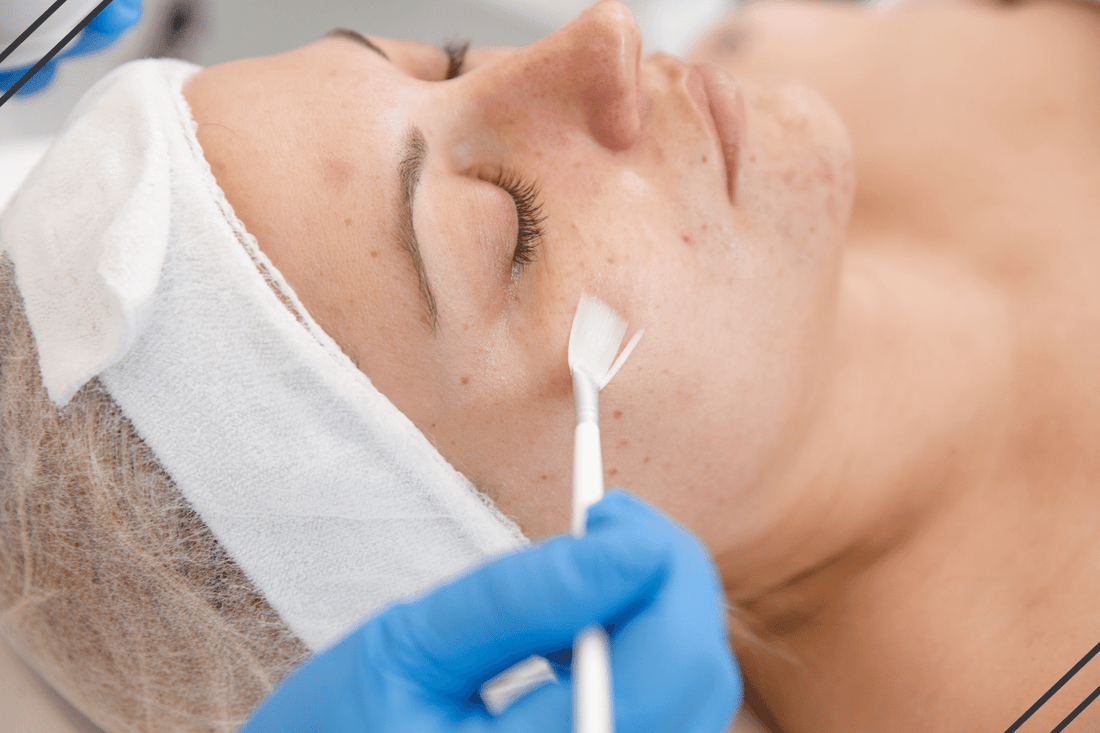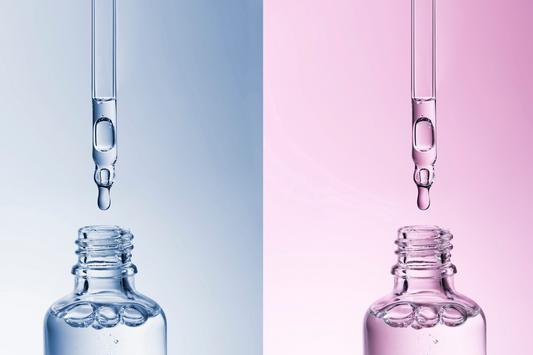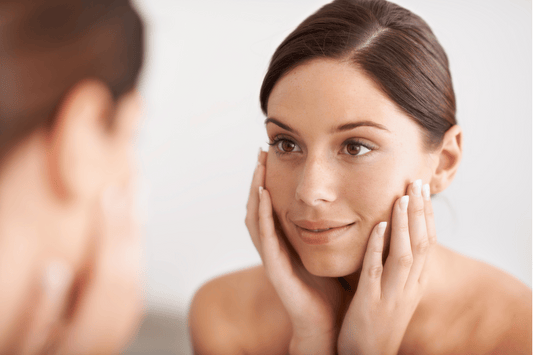The realm of skincare can sometimes be quite the battlefield. One wrong move, and BAM! There goes your skin acting up. The boom of social media has allowed us to be informed about new, buzzing treatments and trends for all things skincare. One such treatment that has been making rounds in the beauty industry is the chemical peel. The truth is, it is often done incorrectly, especially if retinol is thrown into the mix. Caring for your skin before AND after a chemical peel is so important. Keep reading to find out how soon after a chemical peel can you use Retinol.
What is a chemical peel?
Before we talk about how soon after a chemical peel is safe to use retinol, let’s first talk about what a chemical peel is. A chemical peel is a cosmetic treatment popularly known for its ability to rejuvenate the skin. A chemical solution is applied to the skin, which gets rid of the outermost layer of dead skin cells. As these cells “peel away”, they make way for younger, smoother looking skin underneath to become visible.
What chemicals are used in a chemical peel?
The chemicals used in a chemical peel are divided into three main categories, depending on the skin concern being addressed. These include:
-
Superficial Chemical Peels
Superficial peels only penetrate the surface, and therefore only affect the epidermis layer of the skin. Superficial chemical peels are good for achieving radiant skin as they can help in managing acne and post-inflammatory pigmentation. Some ingredients found in superficial chemical peels include Salicylic acid, Lactic acid, and Glycolic acid (albeit at lower concentrations). The healing process with superficial chemical peels is approximately 3-5 days.
-
Medium-depth Chemical Peels
Medium-depth chemical peels penetrate deeper than superficial chemical peels, and affect the epidermis and papillary dermis completely. Medium-depth chemical peels allow for treatment of pigment related disorders and changes in skin texture. Examples of medium-depth peels include Glycolic acid (at medium-high concentrations), and Trichloroacetic acid (TCA; at low-medium concentrations). The healing process after using medium-depth chemical peels is ~7 days, with sun protection being highly advised.
-
Deep Chemical Peels
Deep chemical peels penetrate deeper, to the level of mid-reticular dermis and therefore can help with managing higher levels of photoaging, deep wrinkles, scars etc. Examples of deep chemical peels include TCA (medium-high concentration), and phenol-based solutions such as the Baker-Gordon phenol peel, which is conducted in appropriate medical centers. The healing time for deep chemical peels is >60 days, and sun protection is an absolute must.
What is retinol?
Now that we know what chemical peels are, let’s discuss Retinol. Retinol is a vitamin-A derivative and is found in several skin-care products targeting signs of aging such as fine lines, wrinkles, sagging skin etc. Although retinol is benchmarked as an “all-rounder” for treating a variety of skin concerns, its usage comes with many well known side effects such as burning, irritation, redness etc. When using retinol products, the concentration of retinol has to be slowly built up to allow the skin to slowly adjust without significant side-effects. However, when the use of chemical peels simultaneously with retinol is put into question, things become a little complicated.
How soon after a chemical peel can I use Retinol?
The reason why things are complicated with chemical peels and retinols is precisely because of retinol’s side effects. It comes down to balancing its benefits and its potential to harm the sensitive skin after a chemical peel. The time at which retinol can be used after a chemical peel highly depends on the category of the chemical peel being used.
For superficial chemical peel, a lower dose retinol product is advised, and it is generally safe to use it after a few days of applying the peel. For a medium-depth chemical peel, a ominimum ne week waiting period is recommended, as well as starting off with a lower dose retinol, even if you have used a higher dose retinol in the past. Finally, the recommended waiting time for using retinol after using a deep chemical peel is at least six weeks, as the skin takes longer to heal. It’s important to start with lower dose retinols, to minimize any potential harm.
If you experience any adverse effects from a retinoid product after using a chemical peel, it is strongly advised to stop using the retinol product so as to not worsen the condition. A skincare professional must always be consulted when opting for procedures such as chemical peels and using products like retinol simultaneously.
What is safe to use after a chemical peel?
If the thought of using retinol after a chemical peel concerns you, a safer alternative that improves the appearance of lifted skin and specifically targets skin elasticity (oftentimes the hardest part of aging skin) is Fibroquin.
Created by Revela’s talented scientists, the Fibroquin Essence lifts and tones skin in the most natural way. When benchmarked against retinol, the results speak for themselves, and they are achieved without any of the concerning side effects that come with retinol. So lift, tone, and peel away friends!





